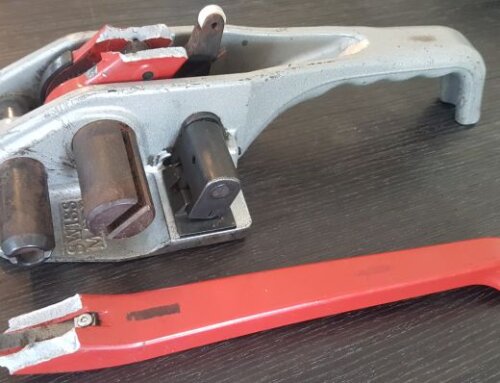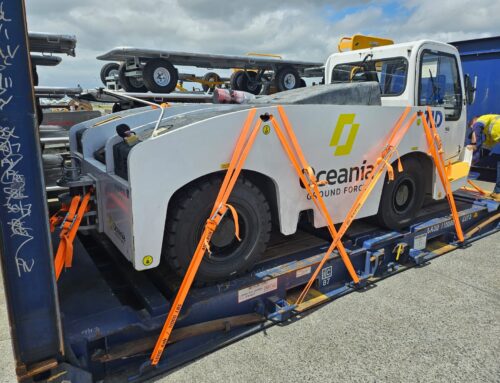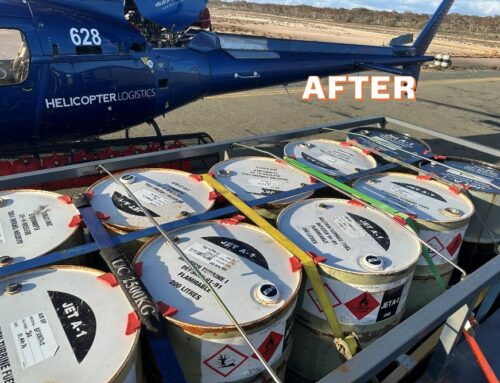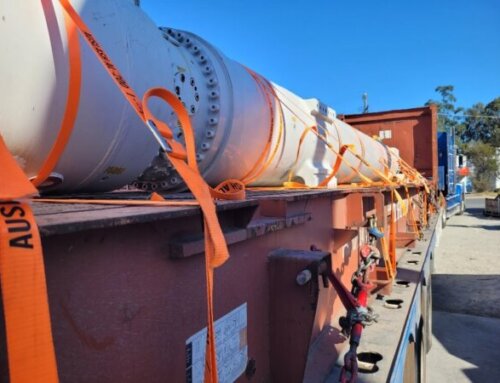Cargo Securing Tips and Advice
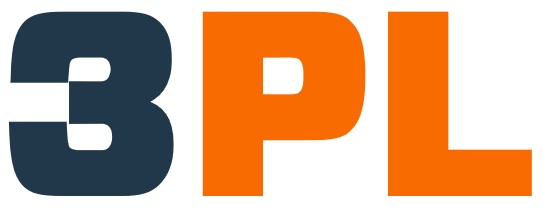
As Australia’s leading supplier of Cordstrap cargo securing solutions, we work in partnership with many 3PL companies across the country, including (but not limited to) DSV, Qube and Toll.
Together with our customers we combine our expertise with theirs in transportation.
This allows us to jointly provide total, best-in-class shipping solutions.
Important safe cargo loading and securing practices
1.) Compliance with the latest version of the CTU Code is important for shippers. Shippers are now explicitly responsible for delivering a cargo which is safe and suitable for transport. In Australia this is taken even a step further by the National Heavy Vehicle Regulator, who stipulates that any cargo transported on roads in Australia, this includes imported containers, should be safely and compliantly secured.
Containers should always be checked for damage before loading and securing of cargo.
2.) When you pack goods in containers, make sure to achieve a tight fit and prevent movement during transit.
3.) Gaps between cargo should be filled using a product such as our Cordstrap Dunnage Bags.
4.) Lashing should be applied only after consideration and calculation of the forces and movements that may act on cargo. Calculations should be based on the relevant codes and standards such as the CTU Code. Our team or cargo securing experts will gladly assist and advice you with the correct calculations. Here is a great article that explains in detail How Forces Act on Cargo.
5.) Different types of securing materials have divergent load-deformation properties. Therefore different types must not be used to secure the same item of cargo.
6.) Cordstrap strapping and lashing comes in a wide variety of strengths, ranging from 450daN to in excess of 20,000daN. Please note that polypropylene based straps, although they look similar superficially, have completely different elongation properties from Cordstrap composite strapping.
7.) The best lashing for a particular solution depends on a variety of factors, such as the nature and weight of your cargo and the mode of transportation
8.) To determine the right size of dunnage bags for a particular cargo; measure the void between the cargo elements, the distance from the floor to the top of the load and the length of the pallets (or other cargo type) to be secured.
Partner with us
Are you a third party logistics provider? We would love to partner with you and assist you with the most cost-effective, compliant cargo securing solutions. Being part of a global organisation, we can also work together with your partners overseas. Just get in touch today with our team of cargo securing experts and call 1300 478 727.


